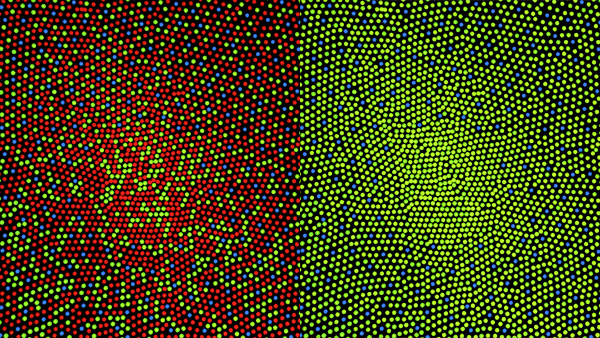If you're looking to continue your journey in the field of neuroscience here are a few suggestions for the summer and beyond. Behave: This recently published tome by Robert Sapolsky is a fantastic look at the nature of behavior from... Continue Reading →
Instructions Read the journal articles linked below, and answer the questions as thoroughly as you can. You may use whatever you resources you would like. If you work together with other students, you may submit one set of responses with... Continue Reading →
The mantis shrimp is an amazing little creature with eyes that have impressive capabilities. Check out this KQED Deep Look video below and try to relate some of what's described in the video with your understanding of sensory neurons and receptor proteins.... Continue Reading →
Recently, BrainCraft did a great video on ticklishness, which you can check out below. Tickling isn't usually the first thing with think of when we consider the neurobiology of touch, but how it works and why it came to be are... Continue Reading →
At last, it's back to the senses! To prepare for our class discussion on Friday, please read Basic Neurochemistry chapter 52, just the taste section and the subsection "Odorant recognition initiates a second-messenger cascade leading to the depolarization of the neuron and... Continue Reading →
We'll have an exam during our class meeting on May 2nd. This exam will include a portion that you can continue working on at home, if you would like.
To prepare for class on Tuesday, please read the following sections of chapter 13 in Basic Neurochemistry: Synthesis, storage and release of acetylcholine Enzymatic breakdown of acetylcholine, up to the subsection on inhibitors (through page 265 in the print version of... Continue Reading →
Today we'll take a brief look at the Science article Composition of isolated synaptic boutons reveals the amounts of vesicle trafficking proteins. We'll focus mainly on figure 1F and figure 3 (shown above and below).
You might have noticed neurotransmitters showing up in our media landscape. Here are a few examples to consider... An NPR News story last month looked at the use of ketamine as a treatment for depression and alludes to serotonin and glutamate, and a story last year... Continue Reading →






